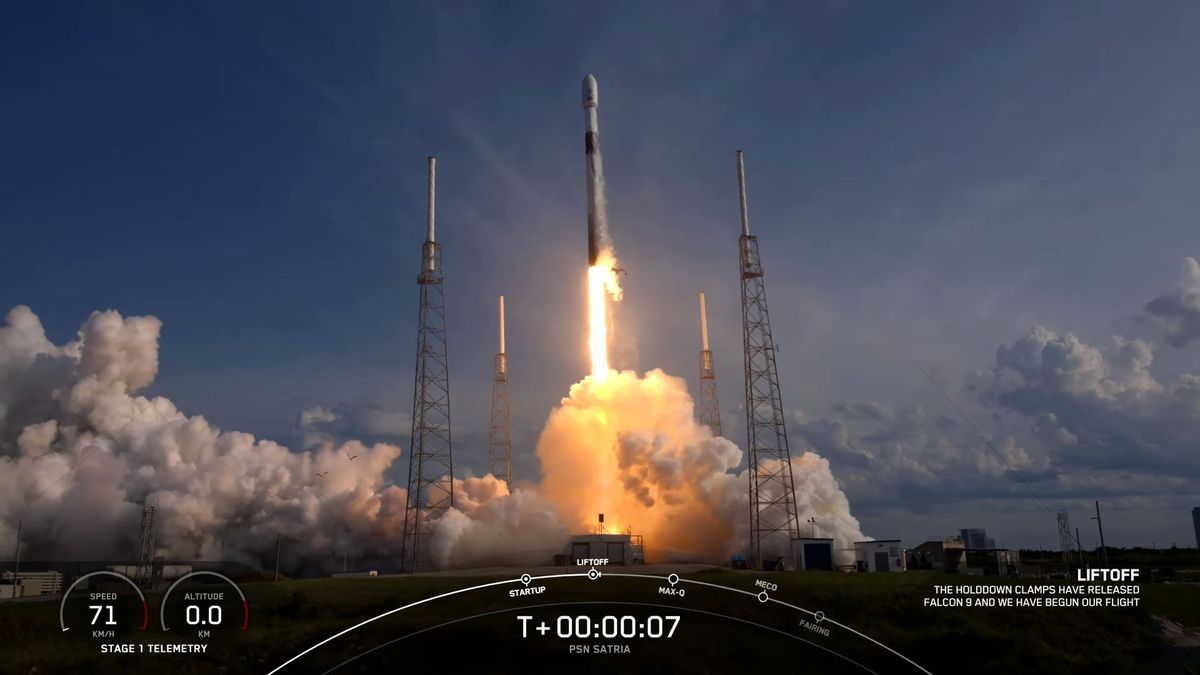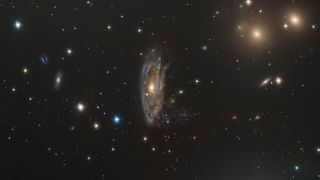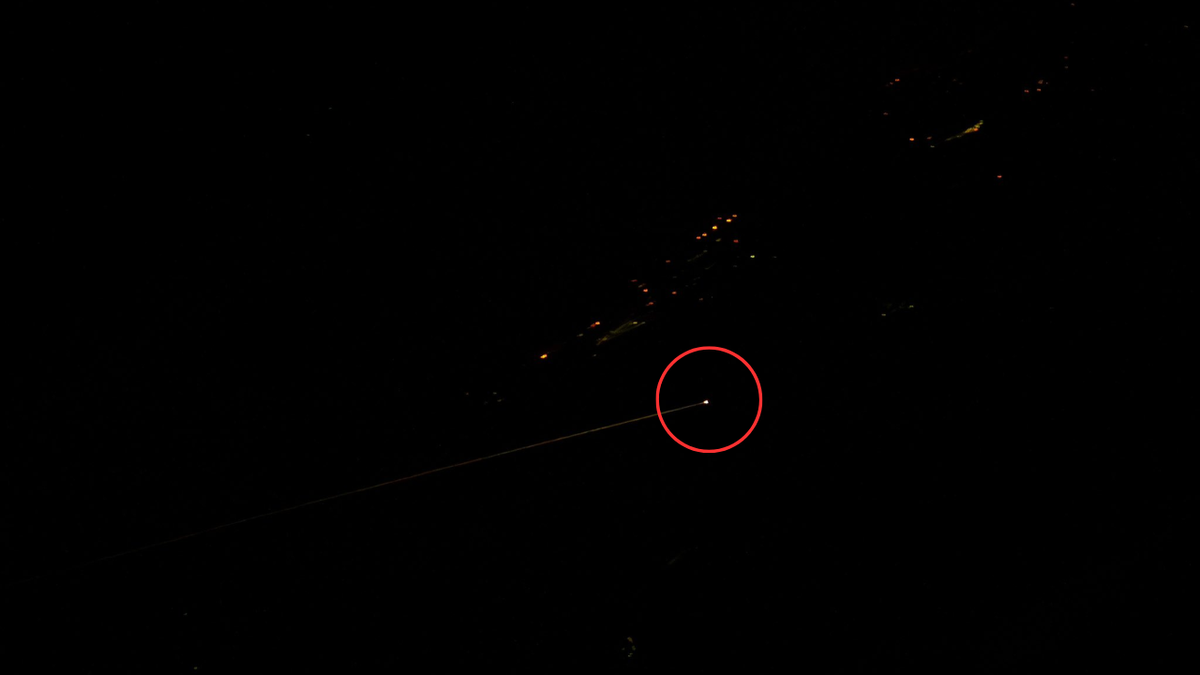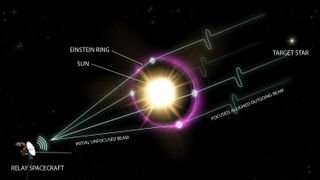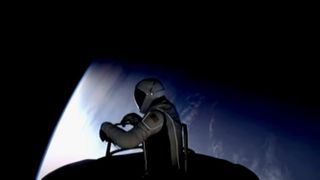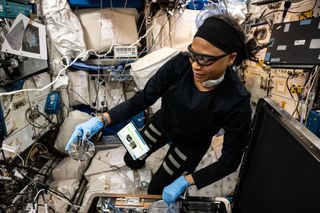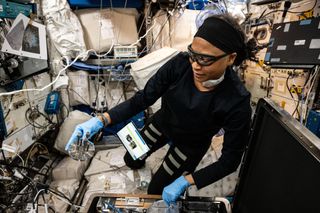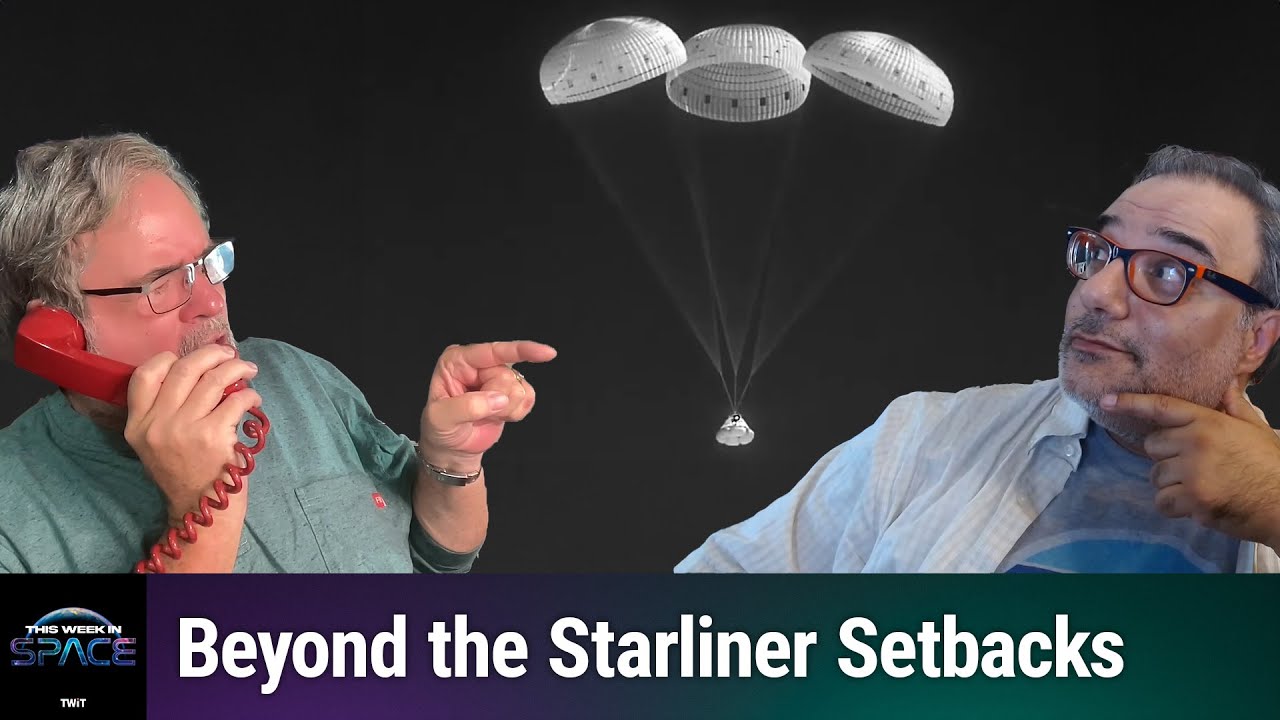The U.S. Federal Aviation Administration (FAA) plans to fine SpaceX more than $630,000 for allegedly failing to comply with regulations on two launches last year. “Safety drives everything we do at the FAA, including a legal responsibility for the safety oversight of companies with commercial space transportation licenses,” FAA Chief Counsel Marc Nichols said in an emailed statement today (Sept. 17). “Failure of a company to comply with the safety requirements will result in consequences,” he added. The first launch cited by the FAA is PSN SATRIA, which lofted an…
Read MoreCategory: Solar System
Our solar system
IDW’s ‘Star Trek: Lore War’ will bring back Data’s evil brother in 2025 comics crossover event
In a reality-warping cosmic event two years in the making, IDW Publishing is celebrating all the creative foundational work after relaunching its award-winning “Star Trek” comics with the Eisner-nominated “Star Trek #400” to present an epic new crossover project next year, “Star Trek: Lore War.” Hailing from top-tier creators Collin Kelly, Jackson Lanzing, Christopher Cantwell, and illustrator Davide Tinto, this intertwined sci-fi tale arriving in March of 2025 will carry over into the prime “Star Trek” ongoing series, “Star Trek: Defiant,” and several special one-shot tie-in issues to be announced…
Read MoreGas and stars ‘stolen’ from galaxy in striking European Southern Observatory photo and video
A galaxy is robbed of its gas and stars in a new image from the European Southern Observatory (ESO). The spiral galaxy, called NGC 3312, lies within a large cluster known as Hydra I. Located over 160 million light-years from Earth, this cluster contains hundreds of galaxies, the largest of which is NGC 3312. Using the ESO’s VLT Survey Telescope (VST) at the Paranal Observatory in the Atacama Desert of northern Chile, astronomers captured an up-close view of the spiral galaxy, which appears to be “spilling its contents into the…
Read MoreNASA astronaut photographs SpaceX’s private Polaris Dawn capsule reentry from ISS (photo)
An epic picture of Polaris Dawn’s nighttime reentry has been beamed to Earth from space. NASA astronaut Don Pettit caught the conclusion of Polaris Dawn, a private space mission that included the first-ever commercial spacewalk, during its SpaceX Dragon spacecraft’s return to Earth before dawn on Sunday (Sept. 15). “In addition to the multi-colored entry trail over Florida, the basic cone shape of the Dragon capsule can be seen,” Pettit wrote on X, formerly Twitter, Sunday afternoon about his picture taken from the International Space Station (ISS). Related: Exquisite Star…
Read MoreCould we turn the sun into a gigantic telescope?
We have some incredibly powerful telescopes that have given us spectacular views of the cosmos and allowed us to look back to the early days of the universe. These observatories, such as the James Webb Space Telescope (JWST), are amazing feats of engineering that have required billions of dollars and decades of work. But what if we could access an even better telescope that already exists? This wouldn’t be a typical telescope. It wouldn’t even come with a lens. But it would be by far the most powerful telescope we’d…
Read MoreSpaceX’s private Polaris Dawn astronauts splash down to end historic spacewalk mission (video)
Polaris Dawn has landed. The historic SpaceX astronaut mission — which conducted the first-ever private spacewalk, among other achievements —returned to Earth today (Sept. 15), splashing down safely in the Gulf of Mexico off the coast of Florida at 3:36 a.m. EDT (0736 GMT). “Polaris Dawn we are mission complete. Thanks for all the big help pulling this mission together,” said mission commander Jared Isaacman after the crew splashed down in the ocean. A drone view of the Polaris Dawn crew capsule after splashdown on Sept. 15, 2024. (Image credit:…
Read MoreSpaceX’s private Polaris Dawn astronauts will return to Earth early Sunday. Here’s how to watch live online
After an eventful five days in space, which included the first-ever commercial spacewalk, the private astronaut crew of Polaris Dawn is returning to Earth. If all goes according to plan, the SpaceX Dragon capsule Resilience — orbital home to the four-person over the past five days — will splash down in the Gulf of Mexico off the coast of Dry Tortugas, Florida on Sunday, Sept. 15, at about 3:36 a.m. EDT (0736 GMT), SpaceX said in an update. The landing will mark the end of Polaris Dawn, a mission to…
Read MoreAstronauts 3D-print first metal part while on ISS
ESA scientists have successfully demonstrated 3D printing of a metal part in space for the first time. 3D printing in space poses challenges, as many methods rely on gravity to position materials during the printing process. This is because when creating metal structures, molten metal is often used as part of the filament, or printable medium. In space, its behavior can be unpredictable, which can result in poor-quality objects, as the filament might shift or be placed incorrectly due to the lack of gravitational forces. Scientists therefore had to adapt…
Read MoreAstronauts 3D-print 1st metal part while on ISS
ESA scientists have successfully demonstrated 3D printing of a metal part in space for the first time. 3D printing in space poses challenges, as many methods rely on gravity to position materials during the printing process. This is because when creating metal structures, molten metal is often used as part of the filament, or printable medium. In space, its behavior can be unpredictable, which can result in poor-quality objects, as the filament might shift or be placed incorrectly due to the lack of gravitational forces. Scientists therefore had to adapt…
Read MoreThis Week In Space podcast: Episode 128 —Starliner is Back! What Now?
Starliner is Back! What Now? – Can Boeing Compete with SpaceX’s Dragons? – YouTube Watch On On Episode 128 of This Week In Space, Rod Pyle and Tariq Malik talk about what’s going on with Boeing’s Starliner CST-100 spacecraft. Starliner is back and, by all accounts, could have returned with its crew had it been necessary. However, with NASA’s “safety forward” approach prevailing, the spacecraft landed uncrewed on September 6, three months after it docked with the International Space Station. Now, the work begins to try to solve the problems-…
Read More